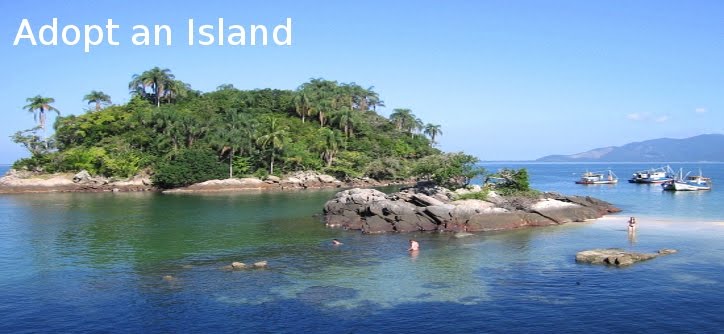One of the things I enjoy most about this new island project is exploring all kinds of new technologies that may be relevant. Because I am fortunate enough to have a good education in physics, electronics. computer systems and software, I can review quite a wide variety of technology in some depth and ask, "Is this relevant?" A lot of it is not, but occasionally a new technology appears that looks potentially useful to us islanders. Sea gliders is such a technology.
The core physics is very simple. If an object weighs more than the water it displaces the object will sink. Any child knows this. So we take and object that is barely floating, add a little weight and down she goes.
So how do we get back up? Well throw a little weight overboard. One could simply drop some lead weights from the little submarine and she will float back up to the surface. In practice, one usually pumps water in and out of a ballast tank in order to control bouyancy.
All of this is very easy to control with simple electronics (or even mechanical systems for that matter.)
So now that we see how easy it is to go up and down, what is this business of gliding?
Well just add some wings. Now as one drops down the wings induce forces that cause our little sub to move horizontally. Wow, we are flying underwater.
That is a seaglider in a nutshell.
Seagliders are remarkably efficient. For instance,
"During a mission in the Northeast Pacific, Seaglider 144 propelled itself for 292 days, covering 5,528km (3,435 miles) through the water. Operating independently, without any intervention from its operators for repair or cleaning, Seaglider 144 averaged a speed of just over .75km per hour (0.5mph), stopping for only a few minutes about every 9 hours to send back its data via satellite. During this mission the Seaglider got the gasoline equivalent of over 30,000 miles/gallon from its high-energy Lithium batteries." More
That's right the energy equivalent of 30,000 miles per gallon!
Right now they are being used for deep sea research, acting as low cost probes of the far reaches of the ocean. But what if we were to build large ones?
Imagine a seaglider the size of a modern tanker, like the floating storage and offloading unit (FSO) Knock Nevis, formerly the ULCC Jahre Viking, which is the largest vessel in the world. The supertanker is 458 metres (1504 feet) in length and 69 m (226 ft) wide.
Obviously this seaglider would operate in the deep ocean. Still I suspect its fuel efficiency would be remarkable. That may not matter much at this scale though since issues other than fuel costs may well drive the cost of transport.
I anticipate returning to the seaglider again soon since I see them as a fascinating research opportunity ... maybe this is the project we will work on here on the island.
Sunday, July 4, 2010
Subscribe to:
Post Comments (Atom)




No comments:
Post a Comment